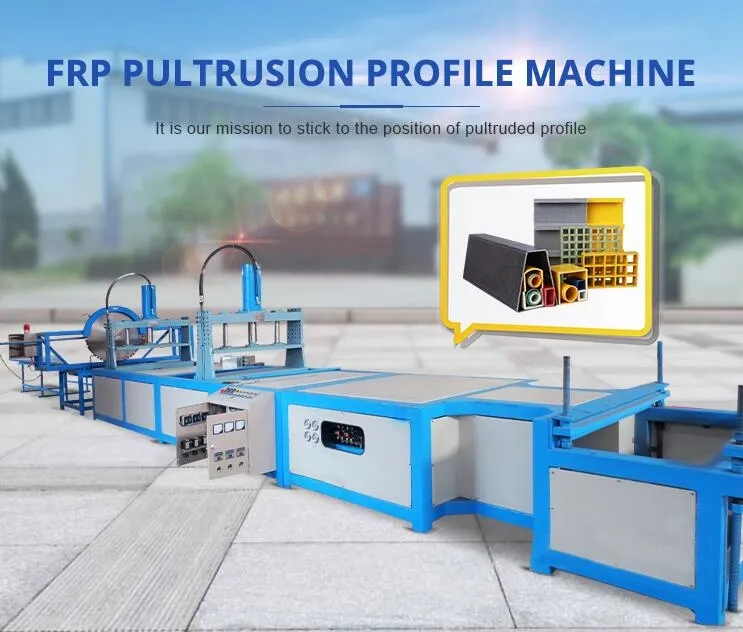When it comes to ensuring a continuous and reliable water supply, having an efficient water tank is indispensable. This comprehensive guide delves into the multifaceted benefits, considerations, and maintenance tips of water tanks, promoting a deeper understanding relevant to homeowners, industry professionals, and anyone interested in efficient water solutions.

Choosing the Right Water Tank
The journey towards water security begins with selecting the right water tank, tailored to your specific needs. Consider the capacity, which can range from small, 100-liter tanks ideal for urban gardens, to industrial-sized tanks holding thousands of liters. Material is another crucial factor; polyethylene, fiberglass, and stainless steel offer varying benefits from durability to resistance to corrosion.

Geographical factors also play a significant role; in arid regions, UV-resistant tanks become essential, while areas prone to frost require insulated options. Consulting with water management experts can provide personalized advice, ensuring your choice of water tank not merely meets immediate needs but also aligns with long-term sustainability goals.
Installation Techniques
Proper installation is as critical as selecting the appropriate tank. An expertly installed water tank enhances efficiency, prevents leaks, and prolongs the lifespan of the system. Begin by preparing a solid foundation, typically using a reinforced concrete slab, to ensure even weight distribution and prevent ground shifting.
Positioning your tank is another strategic decision; placement should optimize water pressure and gravity flow, reducing the reliance on pumps. Connections to the primary water supply should be sealed using high-quality materials and techniques to avert contamination risks and leakage. Employing professional services for installation underscores a commitment to safety and efficiency.
Maintenance Protocols
Maintaining a water tank is a testament to responsible ownership, enhancing the lifespan and performance of the system. Regular cleaning is paramount, preventing algae, sediment build-up, and bacterial growth. Scheduling a bi-annual inspection allows for early detection of cracks or leaks, while routine valve checks ensure operational integrity.
water tank
A proactive approach to pest control is also necessary; installing mesh covers over inlets and outlets prevents unwanted intrusions by insects and rodents. Water purification systems, such as UV filters or chlorine dispensers, can further assure the delivery of safe, clean water. Keeping detailed maintenance records offers valuable insights into usage patterns and potential issues.
Economic and Environmental Impact
Water tanks are more than a storage solution—they are an investment in environmental stewardship and economic prudence.
They enable rainwater harvesting, reducing dependence on municipal sources and lowering utility bills. An efficient tank system can result in substantial water savings, particularly pertinent in regions experiencing frequent droughts.
From an environmental perspective, water tanks contribute to the conservation of natural water bodies, decreasing the strain on overstressed resources. Innovations, such as smart water tanks equipped with IoT monitoring, provide real-time data on usage, promoting sustainable practices and accountability.
Future Trends in Water Tank Technology
The realm of water tank technology is experiencing a fascinating transformation, driven by advances in materials, design, and smart technology. The development of modular tanks that can be customized and expanded signifies a shift towards adaptable solutions. Integration with solar energy systems exemplifies the growing synergy between renewable energy and water management.
Smart tanks equipped with sensors are revolutionizing how water is monitored and utilized, offering predictive maintenance and usage analytics. These innovations are supported by research from leading environmental bodies, underscoring the authority and credibility of modern water tank solutions.
Conclusion
Water tanks are a cornerstone of effective water management, embodying a blend of practicality, innovation, and sustainability. By focusing on expert guidance, diligent maintenance, and embracing future technologies, users can maximize the benefits of their water systems. Emphasizing environmental and economic sustainability, these vessels are integral to shaping a water-resilient future.




